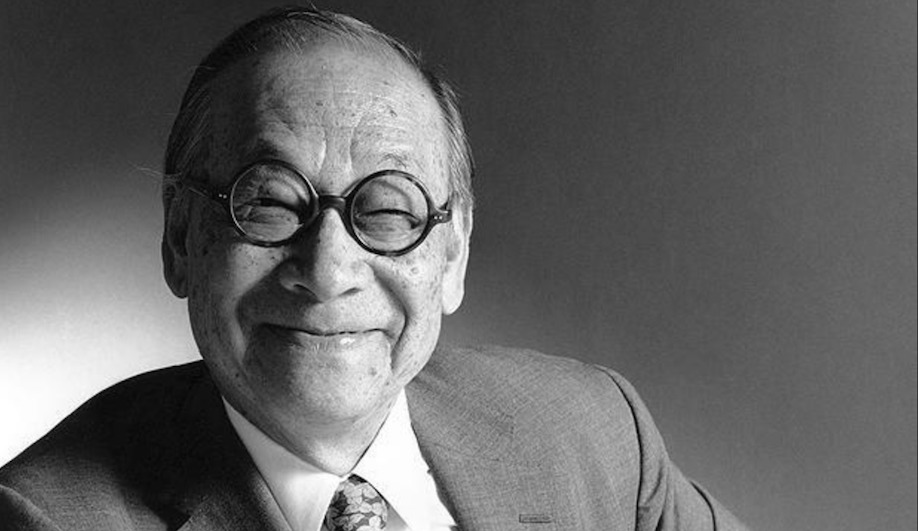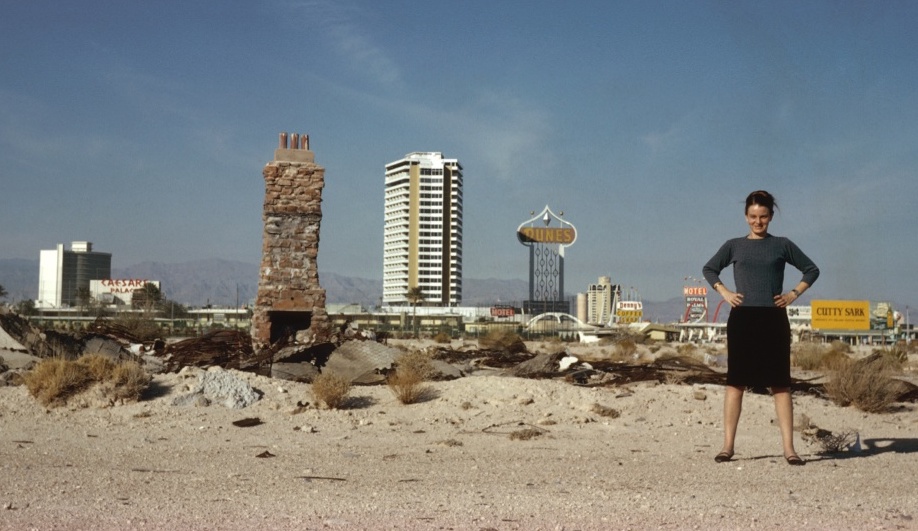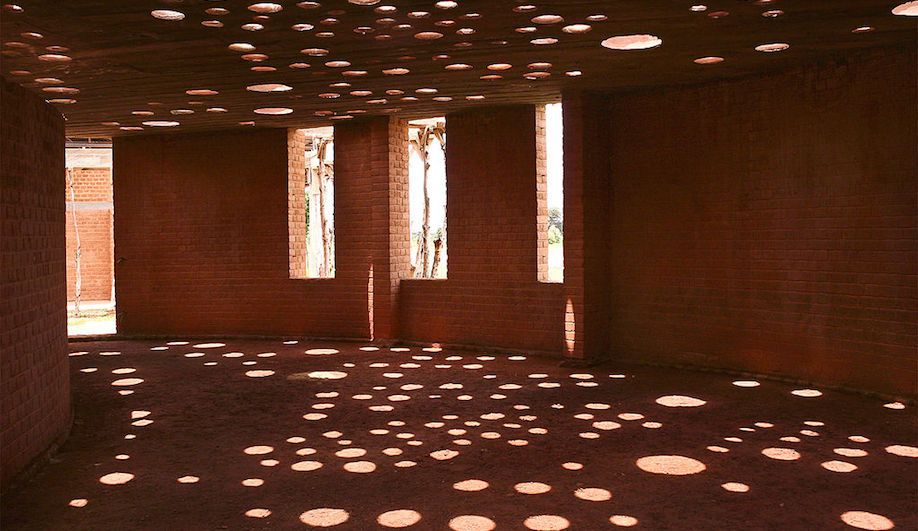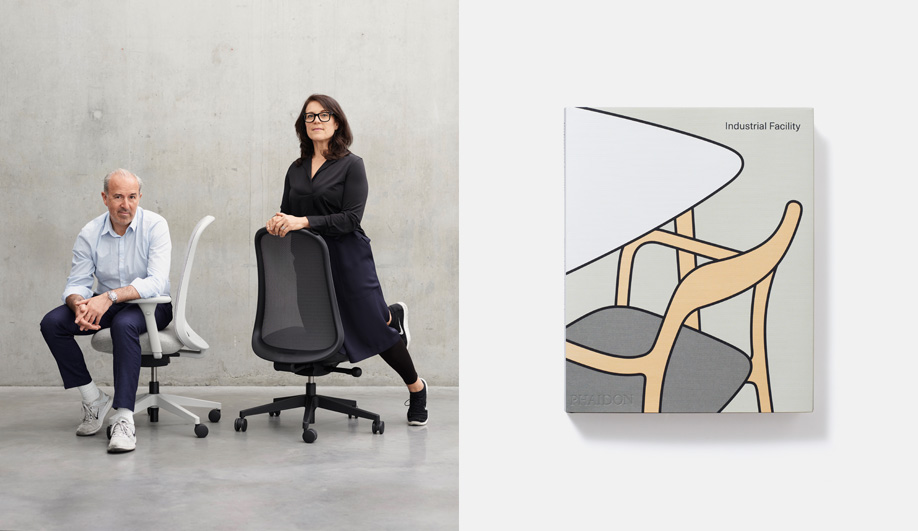A Q&A with the young Miami architect behind such jaw-dropping designs as Miami’s COR Tower and Desert Lodges, a resort carved into the hills of Wadi Rum, in Jordan.
A New Jersey native, Chad Oppenheim has transformed his adopted city’s skyline over the past decade with minimalist glass towers that incorporate green features as a visible part of the design. COR Tower, his most defining project yet, is sheathed in poured concrete perforated with swiss cheese–like holes to provide thermal mass insulation and natural shading. If completed, the 28-storey tower will be topped by an impressive array of wind turbines.
But Oppenheim has ventured beyond North America, and has dozens of projects underway in Europe and the Middle East. His proposed Desert Lodges resort in Wadi Rum, Jordan, will consist of 47 luxury rooms carved into the sandstone desert cliffs; rammed earth walls will be the main visible architectural intrusions. The captivating design has already won a World Architecture Festival award.
Azure met with Oppenheim while he was in Toronto for Concrete Canada last November, to discuss his practice and what makes an Oppenheim building stand out from the crowd.
You opened your firm in 1999. How many employees do you have now?
Thirty, if you combine both our offices. We’ve recently opened a second office in Basel, Switzerland.
And how many projects do you have on the go?
About 20, but they are all at different stages. It’s tricky, actually. I find the hardest part of running an office is the sporadic nature of projects. One minute I’m working on the design for a door handle, the next minute someone is asking me about the layout of a highway.
Isn’t there a potential for oversights with that much multi-tasking?
Well, we don’t take shortcuts. We work with bigger teams to evolve our ideas. We will work with 15 people rather than three to explore, say, five different options, until it all boils down. But I do wish there was more time. We’re working on a new Disney park in Shanghai and it’s an incredibly long process, and incredibly enjoyable because they are very experienced. With projects in emerging countries it’s not the same. There is a lack of experience or a culture that knows what it takes to build.
Do you mean cities like Dubai that are being built from scratch?
Yes, though I’m actually a big believer in Dubai. Like many other firms, we’ve had our challenges in collecting money owed, but I think it’s an incredible city and a great place for Arabs to have a centre that allows you to do things you can’t necessarily do in the West. Everywhere has its pros and cons.
You describe your main architectural toolkit as being the sun, the air and the land. What do you mean by that?
Well, in a way the architecture itself isn’t important. What I mean is: Of course we want our buildings to look good and we want them to evoke feelings of delight. But I see buildings as a way to set up the natural world.
You mean the importance of the view from within?
Yes.
You’re from New York and you went to Cornell University. How do you fit into the Miami style?
It’s true that people in Miami like flash over substance. We’ve gone the reverse by saying we can make something beautiful that’s simple and that has substance.
We’re interested in having people look at buildings in a new way that isn’t based strictly on a given style. For instance, we’re working on a residential building in Brooklyn right now that’s directly inspired by the Brooklyn Bridge and it’s built the same way – with steel. It’s raw and powerful. It’s not a building that would suit Miami, but it fits Brooklyn perfectly. Context – spiritual, environmental, economic – is everything.
If you are so chameleon-like in your approach, what makes an Oppenheim building an Oppenheim building?
What interests me is not a recognizable formal language or material palate that an architect like Frank Gehry uses. It’s my goal for people to notice my buildings as being powerful in some sense, yet have them blend into the environment. You can spot a Gehry building immediately. I’m actually more interested in making buildings that completely disappear.
Many cities are filled with buildings that completely disappear. How do you see your buildings as being different?
It’s true, everyone is searching for the new, and I think, while I’m not a neo-traditionalist, I don’t necessarily think the answers are always about newness. It’s about considering scale and proportion, and what makes people feel comfortable in their environment. I’m very interested in places that weren’t designed by architects or planned out by planners. The narrows streets you find in European cities, for instance. I love the medieval fabric that evolves over time.
How do you see highrises accomplishing that?
Well, they don’t necessarily create these types of spaces, though you can design their ground-level interaction in a certain way. In fact, I think every street in Miami should be arcaded. That just seems so logical to me.
You use the catch phrase “seeking hedonistic sensations” as a way to describe your practice. What do you mean by that?
I think serious architecture is somehow too serious. It’s not like I’m creating fun houses. It’s really an experiential architecture that takes a form, and architecture should take the simplest form to accomplish all the experiences it hopes to create. That can mean how a building is set up to watch the sun rise or set, for instance.
Well, you did create the sensational COR tower in Miami with a crown of wind turbines. That is a building destined to stand out.
We do have to consider what’s going to be cool, or what people are going to be excited about, but there has to be a reason besides making crazy-looking buildings. That sort of thinking makes me uncomfortable. There has to be a reason, and then how do you make that logic poetic? It’s really about human pleasure.












